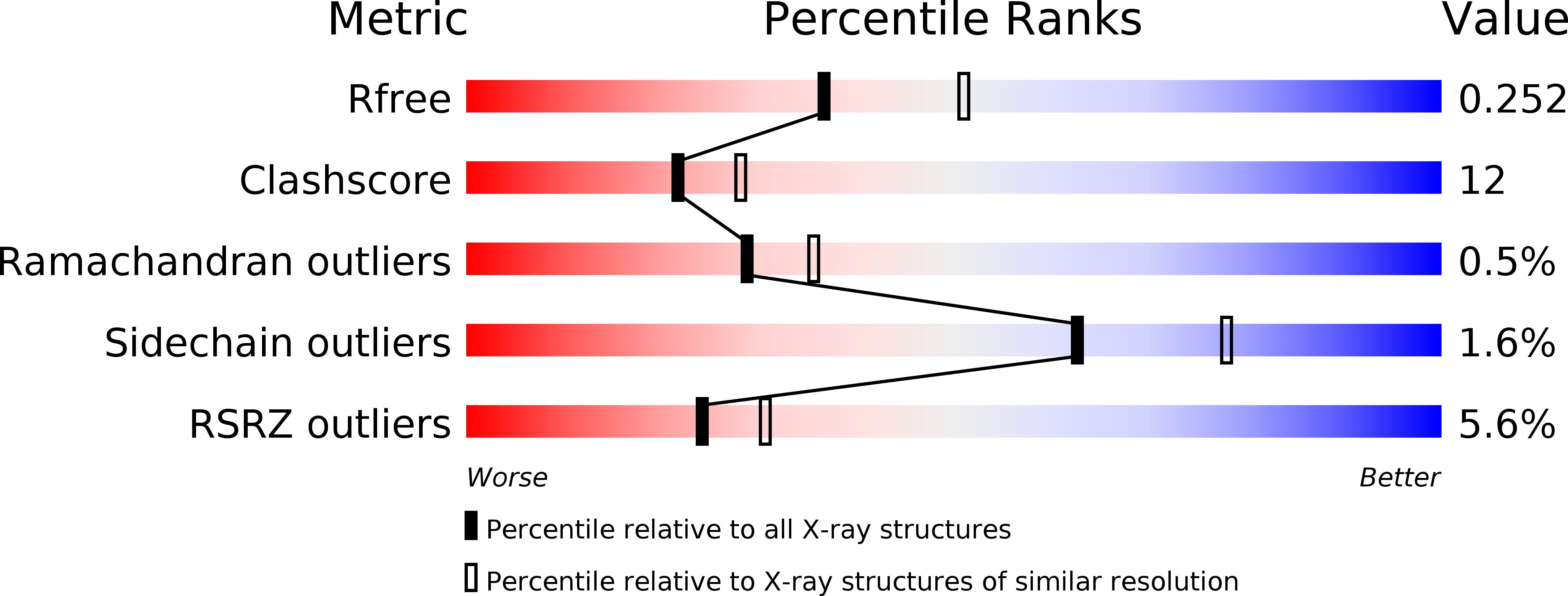
Deposition Date
2007-03-16
Release Date
2007-06-05
Last Version Date
2024-10-30
Entry Detail
PDB ID:
2P6B
Keywords:
Title:
Crystal Structure of Human Calcineurin in Complex with PVIVIT Peptide
Biological Source:
Source Organism:
Homo sapiens (Taxon ID: 9606)
Host Organism:
Method Details:
Experimental Method:
Resolution:
2.30 Å
R-Value Free:
0.25
R-Value Work:
0.19
Space Group:
P 21 21 21


